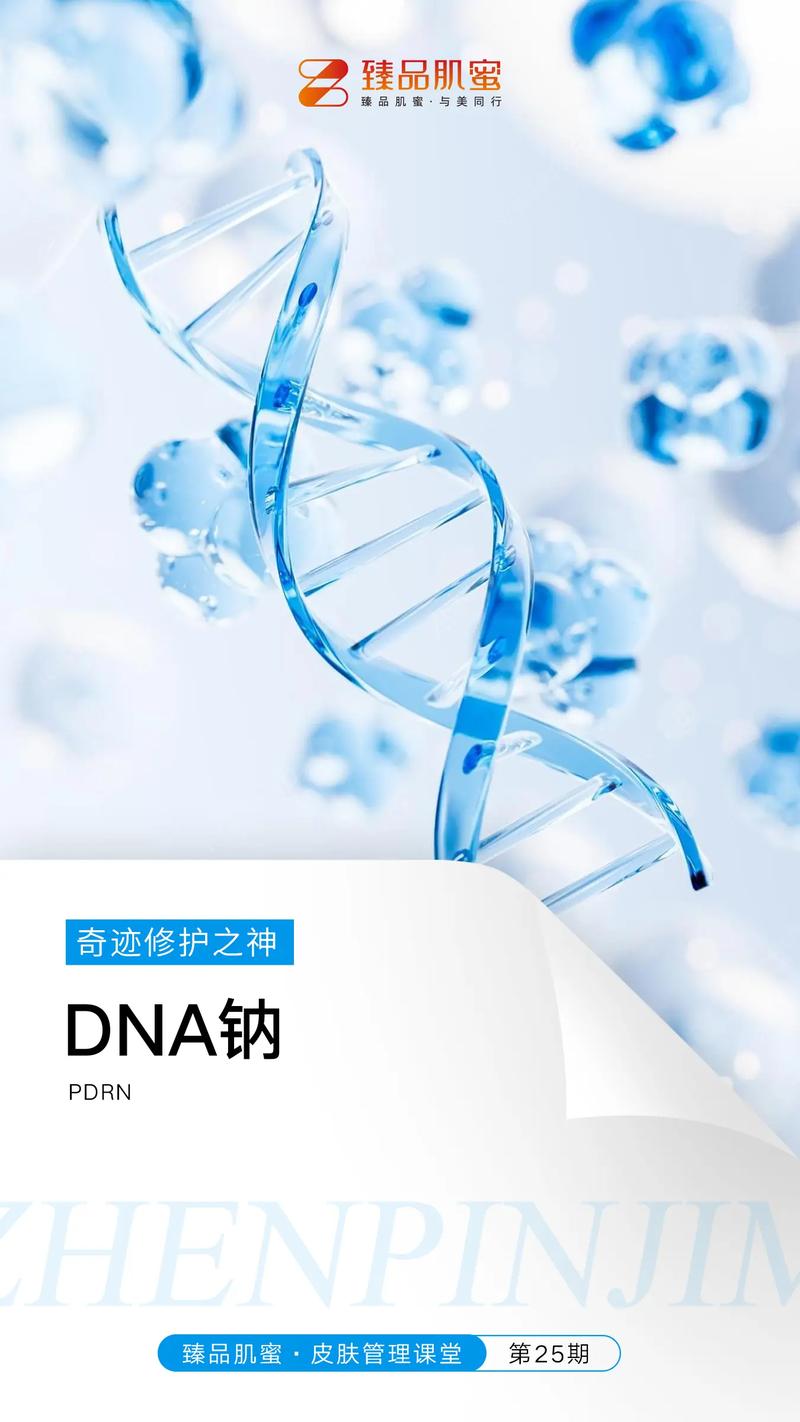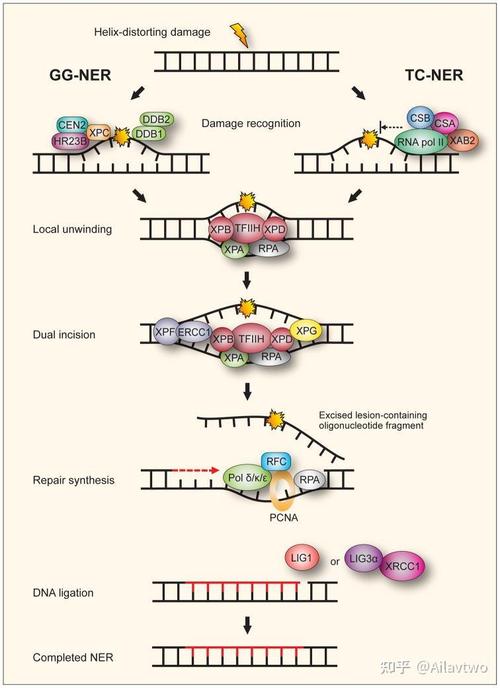
DNA Extraction Using Ethanol: A Detailed Guide
Extracting DNA from a sample is a fundamental technique in molecular biology, genetics, and forensic science. Ethanol, a common solvent, plays a crucial role in this process. In this article, we will delve into the intricacies of DNA extraction using ethanol, providing you with a comprehensive understanding of the procedure, its importance, and its applications.
Understanding the Basics of DNA Extraction
DNA extraction is the process of isolating DNA from a biological sample. This can be anything from a blood sample to a hair strand. The extracted DNA can then be used for various purposes, such as genetic testing, paternity testing, or even identifying individuals in forensic investigations.

The process of DNA extraction typically involves several steps, including cell lysis, protein removal, and DNA precipitation. Ethanol is used in the precipitation step to separate the DNA from the rest of the cellular components.
Why Ethanol is Used in DNA Extraction
Ethanol is a polar solvent that can dissolve proteins and other cellular components while leaving DNA intact. This property makes it an ideal choice for DNA extraction. When ethanol is added to a DNA solution, it disrupts the hydrogen bonds between DNA and proteins, causing the DNA to precipitate out of the solution.
Additionally, ethanol is relatively safe to use and is easily removed from the DNA sample, leaving behind pure DNA. This makes it a popular choice for DNA extraction in both research and clinical settings.
The DNA Extraction Process Using Ethanol
The following is a step-by-step guide to DNA extraction using ethanol:

-
Collect the biological sample containing the DNA you wish to extract.
-
Break open the cells in the sample to release the DNA. This can be done using a homogenizer, a blender, or by freezing and thawing the sample.
-
Remove proteins and other cellular components from the DNA solution using a proteinase or by adding a salt solution.
-
Add ethanol to the DNA solution. The concentration of ethanol can vary, but a common concentration is 95% ethanol.
-
Allow the mixture to sit for a few minutes to allow the DNA to precipitate.
-
Carefully remove the DNA precipitate from the solution using a pipette or by centrifuging the mixture.
-
Rinse the DNA precipitate with ethanol to remove any remaining contaminants.
-
Allow the DNA to air-dry or use a vacuum to remove the ethanol.
-
Resuspend the DNA in a suitable buffer for storage or further analysis.
Table: Comparison of Ethanol Concentrations in DNA Extraction
| Ethanol Concentration (%) | Effect on DNA Extraction |
|---|---|
| 70% | May not precipitate DNA effectively |
| 95% | Effective DNA precipitation |
| 100% | May cause DNA degradation |
Applications of DNA Extraction Using Ethanol
DNA extraction using ethanol has a wide range of applications in various fields:
-
Genetic research: DNA extraction is essential for studying genetic mutations, gene expression, and other genetic phenomena.
-
Forensic science: DNA extracted from crime scenes can be used to identify suspects or victims.
-
Medical diagnostics: DNA extraction is used in diagnostic tests for genetic disorders and infectious diseases.
-
Biotechnology: DNA extraction is a key step in the production of genetically modified organisms and other biotechnological applications.
Conclusion
DNA extraction using ethanol is a fundamental technique with numerous applications. By understanding the process and its importance, you can better appreciate its role in various scientific and practical fields. Whether you are a researcher, a forensic scientist, or a medical professional, knowing how to extract DNA using ethanol can be a valuable skill.




